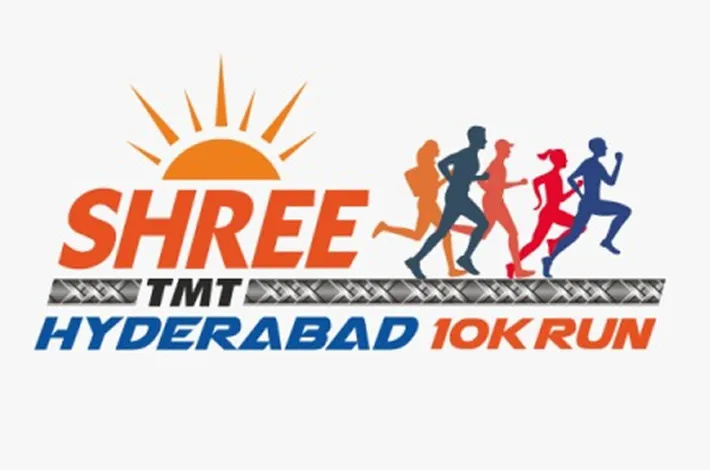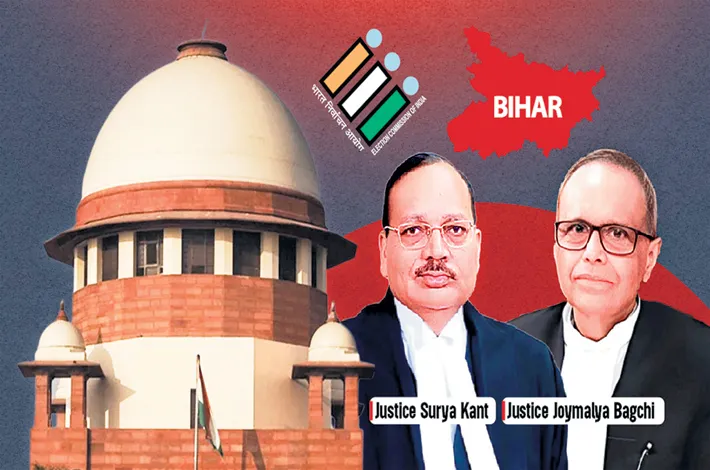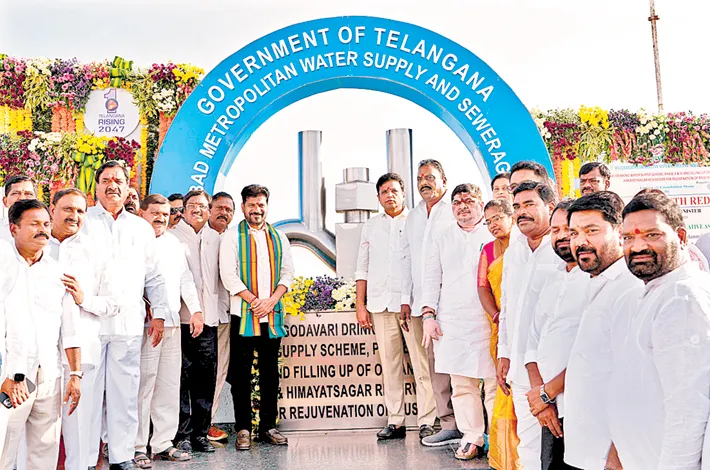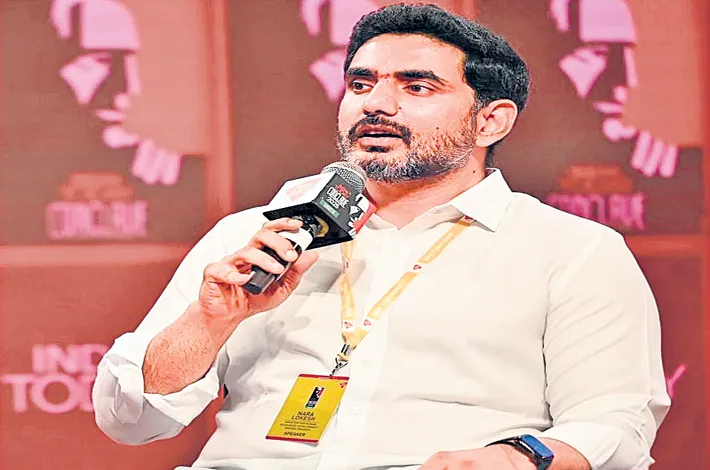K’taka caste count: A setback for CM or Cong’s redemption?
14-06-2025 12:00:00 AM

By aligning with the party’s national push for caste enumeration, the Karnataka govt can appear as a pioneer in social justice policymaking
The decision to conduct a fresh caste survey in Karnataka, announced by Chief Minister Siddaramaiah in June 2025, has ignited a firestorm of debate, raising questions about its implications for both Siddaramaiah’s leadership and the Congress party’s political fortunes. This move, prompted by the Congress high command’s directive to re-enumerate due to concerns over the decade-old 2015 Socio-Economic and Education Survey—itself a brainchild of Siddaramaiah—has cast a shadow over his legacy.
The rejection of the 2015 survey’s outcomes by the Congress government, coupled with the Bharatiya Janata Party (BJP)-led central government’s recent announcement of a national caste census, complicates the narrative. While Congress seeks to claim credit for pushing caste enumeration, the fresh survey in Karnataka could either be a setback for Siddaramaiah or a strategic opportunity for the party to reinforce its social justice credentials.
The 2015 caste survey, initiated by Siddaramaiah during his first term as Chief Minister, was a landmark effort to map Karnataka’s caste and socio-economic landscape. Conducted at a cost of over Rs 160 crore, it involved 1.36 lakh surveyors interviewing approximately 1.01 crore households, covering 94% of the state’s population. The survey estimated the Other Backward Classes (OBCs) at 69.6%, a significant jump from prior estimates, with Muslims as the largest single community at 12.83%, followed by Scheduled Castes (SCs), Scheduled Tribes (STs), and Siddaramaiah’s Kuruba community.
However, its findings, particularly the lower-than-expected figures for dominant communities like Lingayats (13.6%) and Vokkaligas (12.2%), sparked outrage. These groups, wielding substantial political and economic influence, labelled the survey “unscientific” and “outdated,” alleging flaws in data collection. The Congress government’s decision to shelve the 2015 report, despite it being Siddaramaiah’s brainchild, was a significant blow to his vision of using data-driven policies to uplift marginalised groups.
Siddaramaiah, a champion of the AHINDA (Minorities, Backward Classes, and Dalits) coalition, has built his career on consolidating support from non-dominant OBCs, SCs, STs, and minorities. The 2015 survey was meant to bolster this agenda by providing a basis for increasing OBC reservations from 32% to 51% and creating a Most Backward Classes (MBC) category, potentially reclassifying Kurubas with a 12% quota, while reducing the II A category quota to 10%.
These proposals, however, fuelled accusations of favouritism toward his own community, intensifying opposition from Lingayats and Vokkaligas. Senior Congress leaders, including Deputy Chief Minister D.K. Shivakumar, a Vokkaliga, and Industries Minister M.B. Patil, a Lingayat, openly criticised the survey, reflecting deep internal rifts. The Congress high command’s rejection of the 2015 survey’s outcomes underscores a lack of party unity and has been widely perceived as a personal and political setback for the CM.
The timing of this rejection is particularly damaging. The BJP-led central government’s announcement in April 2025 to include caste in the national census has allowed Congress to claim that its long-standing demand for a caste census has been vindicated. Nationally, leaders like Rahul Gandhi and Mallikarjun Kharge have positioned the party as the driving force behind this policy shift, seeking to capitalise on its appeal among the OBCs, SCs, and STs.
However, the Congress government’s dismissal of its own 2015 survey in Karnataka undermines this narrative. The BJP has seized on this contradiction, accusing Congress of mismanaging the process and wasting Rs 162 crore on a flawed exercise. The fresh survey, mandated to be completed within 90 days, is thus seen by critics as a desperate attempt to salvage Congress’s social justice credentials while deflecting attention from these issues.
The logistical challenges of conducting a new survey in such a short timeframe add to the perception of a setback. With schools reopening and teachers unavailable, the feasibility of a comprehensive enumeration is questionable. Community leaders, including Shamanur Shivashankarappa, have raised concerns about the 2015 survey’s methodology, alleging missed households and inaccurate data.
A rushed or poorly executed fresh survey risks further alienating dominant communities like Lingayats and Vokkaligas, who together account for a significant portion of Congress’s 136 MLAs (37 Lingayats and 23 Vokkaligas). The internal party dynamics, particularly the rivalry between Siddaramaiah and Shivakumar, exacerbate these challenges. Shivakumar’s mobilisation of Vokkaliga legislators against the 2015 survey and Kharge’s criticism of including the OBC Bedar Jangamas community in an SC-focused survey highlight the factionalism that could undermine Congress’s unity.
Despite these setbacks, the fresh caste survey offers a glimmer of hope for the Congress. By aligning with the party’s national push for caste enumeration, Karnataka’s Congress government can position itself as a pioneer in social justice policymaking. The 2023 Assembly elections demonstrated the party’s strength among SCs and Muslims, though it lost ground among non-dominant OBCs to the BJP in the 2024 Lok Sabha polls.
A transparent and credible survey could help Siddaramaiah reclaim this vote base. The survey’s findings, if robust, could guide targeted welfare schemes like Gruha Lakshmi and Shakti, which have resonated with women and marginalised groups but faced criticism over implementation issues. By addressing methodological concerns and ensuring inclusivity, the Congress could differentiate itself from the BJP, which has historically resisted caste censuses but now supports them in states like Bihar.








